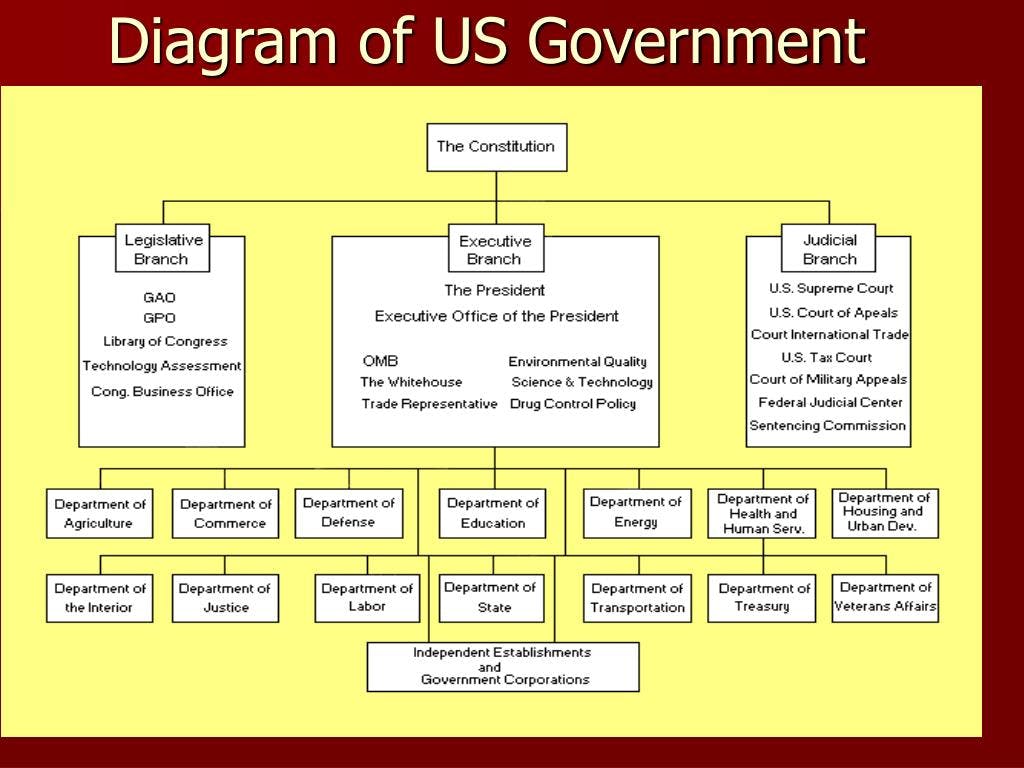Urethane Blog
EO in the Crosshairs
April 6, 2023
Biden-Harris Administration Proposes to Strengthen Standards for Chemical and Polymers Plants, Dramatically Reduce Cancer Risks from Air Toxics
Proposal would reduce the number of people with elevated cancer risk by 96 percent in communities surrounding chemical plants, cut more than 6,000 tons of toxic pollution per year

April 6, 2023
Contact Information
EPA Press Office (press@epa.gov)
WASHINGTON – Today the U.S. Environmental Protection Agency (EPA) announced a proposal to significantly reduce hazardous air pollutants from chemical plants, including the highly toxic chemicals ethylene oxide (EtO) and chloroprene. The reductions would dramatically reduce the number of people with elevated air toxics-related cancer risks in communities surrounding the plants that use those two chemicals, especially communities historically overburdened by air toxics pollution, and cut more than 6,000 tons of toxic air pollution a year.
The proposal advances President Biden’s commitment to ending cancer as we know it as part of the Cancer Moonshot and to securing environmental justice and protecting public health, including for communities that are most exposed to toxic chemicals. Administrator Michael Regan made the announcement at an event in St. John the Baptist Parish, Louisiana – one of the communities the Administrator visited during his November 2021 Journey to Justice tour.
“For generations, our most vulnerable communities have unjustly borne the burden of breathing unsafe, polluted air,” said EPA Administrator Michael S. Regan. “When I visited St. John the Baptist Parish during my first Journey to Justice tour, I pledged to prioritize and protect the health and safety of this community and so many others that live in the shadows of chemical plants. I’m proud that this proposal would help deliver on that commitment and protect people from toxic air pollution in communities across the country – from Louisiana and Texas, to Kentucky, West Virginia, and Ohio. Every child in this country deserves clean air to breathe, and EPA will use every available tool to make that vision a reality.”
EPA’s proposal would update several regulations that apply to chemical plants, including plants that make synthetic organic chemicals, and regulations that apply to plants that make polymers such as neoprene. The proposed updates would reduce 6,053 tons of air toxics emissions each year, which are known or suspected to cause cancer and other serious health effects. Those reductions include a 58 ton per year reduction in ethylene oxide (EtO) and a reduction of 14 tons per year in chloroprene.
Other air toxics the rule would reduce include benzene, 1,3-butadiene, ethylene dichloride and vinyl chloride. The proposal would also reduce emissions of smog-forming volatile organic compounds by more than 23,000 tons a year.
Facilities that make, store, use or emit EtO, chloroprene, benzene, 1,3-butadiene, ethylene dichloride or vinyl chloride would be required to monitor levels of these air pollutants entering the air at the fenceline of the facility, a requirement that would deliver on one of the commitments the Administrator made following his 2021 Journey to Justice tour. This powerful tool would help make sure EPA’s rules deliver: if annual average air concentrations of the chemicals are higher than an action level at the fenceline, owners and operators would have to find the source and make repairs. The proposed action levels vary depending on the chemical. For EtO, EPA is proposing an action level of 0.2 micrograms per cubic meter of air. For chloroprene, the proposed action level is 0.3 micrograms per cubic meter of air.
In order to ensure this data is transparent and available to communities, EPA would make the monitoring data public through its WebFiRE database tool. These fenceline monitoring provisions are based on similar Clean Air Act requirements for petroleum refineries nationwide, which have been highly successful in identifying and reducing emissions of benzene for more than four years.
The proposal would reduce cancer risks from breathing in toxic air pollutants that are emitted from the specific processes and equipment covered under the rules. These pollutants are linked to a number of cancers, including lymphoma, leukemia, breast cancer and liver cancer, among others. EPA also expects the proposal to benefit children, who are more susceptible to the effects of EtO and chloroprene.
To provide the public with the best possible information about the impact of the proposed updates, EPA has conducted a first-of-its kind community risk assessment. That assessment evaluated the impacts of the proposed emissions reductions from synthetic organic chemical manufacturing on the total air toxics-related cancer risks from all large industrial facilities in an area combined – not just from the equipment and processes covered by today’s proposal. The community risk assessment shows that the numbers of people with elevated cancer risk could drop by 96 percent in communities surrounding chemical plants, if the proposal is finalized.
The community assessment also shows there is more work to do, finding that EtO is the largest driver of the remaining risks. In the coming weeks, EPA expects to announce proposed updates to its regulations for commercial sterilization facilities that emit EtO. In addition, the Agency is working to develop proposed rules for other sources of EtO, including polyether polyols production, hospital sterilizers, and smaller chemical manufacturers known as “area sources.”
EPA will accept written comments for 60 days after the proposal is published in the Federal Register and will hold a virtual public hearing. The Agency also will hold a training for communities on April 13, 2023, to review the proposal and answer questions. Learn more.
 Sign Up for Email Updates
Sign Up for Email Updates
 Everchem Updates Archive
Everchem Updates Archive
Recent News
April 24, 2024
April 24, 2024
April 18, 2024
April 18, 2024
April 17, 2024